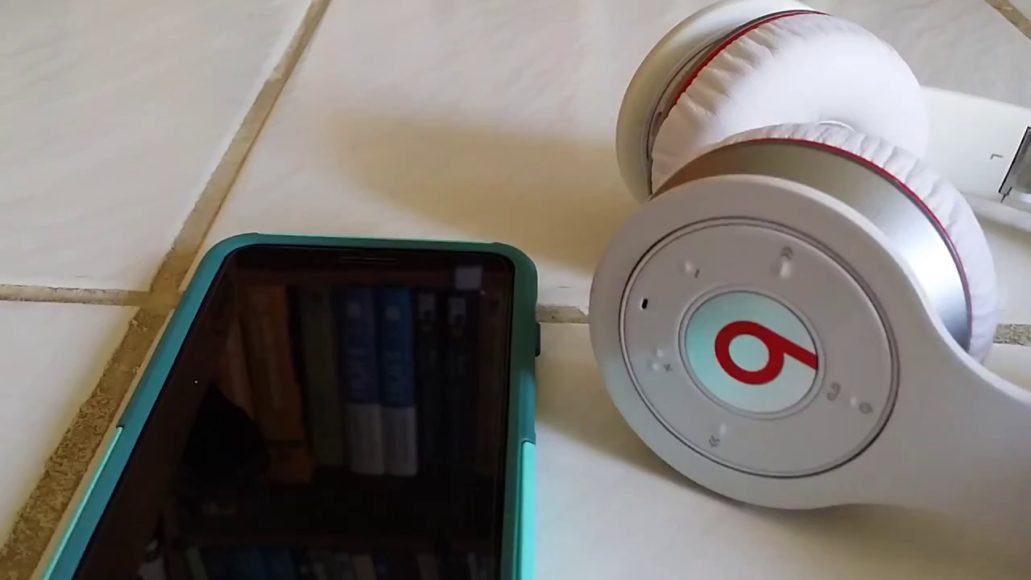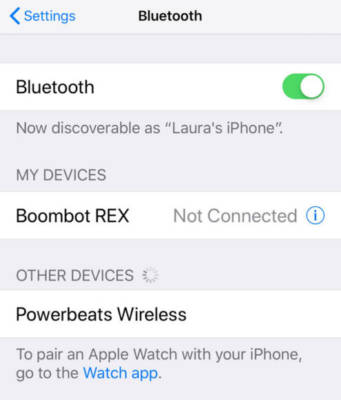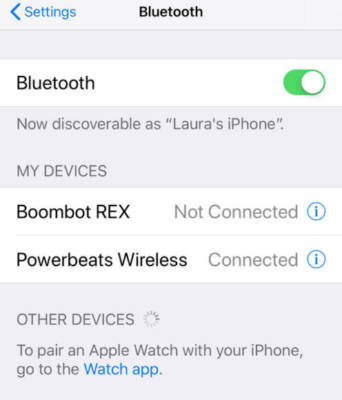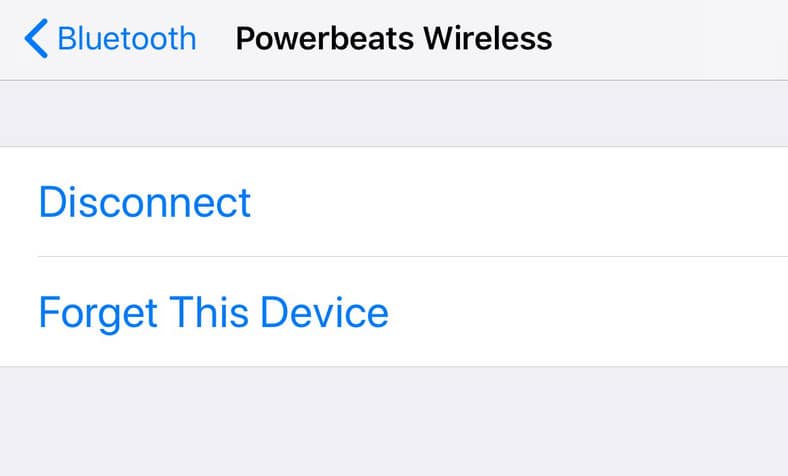Apple does not produce only Airpods, they are partly responsible for other earphones too. By purchasing Apple products with education pricing, for instance, if you buy a Mac or iPad for school, you can receive a Beats headphone for no extra charge.
Beats by Dre is an iOS subsidiary and it is very simple to pair these Hi-Fidelity wireless earphones with your iPhone. You just need to know how to go about it. To help with that, let’s show you How To Connect Beats Wireless Headphones And Powerbeats Earbuds To Your iPhone?:
How Can I Connect Beats Wireless Headphones To My iPhone?
When you purchase new Beats earphones, connecting it to your iPhone is not complicated.
- Power it on. On Beats over-the-ear headphones, you will see the power button on the cable beneath the right earphone. On Powerbeats the earbuds, the power button will be seen on the left earpiece.
- The power light will flash on and off. This means it is in pairing mode. If it fails to flash, it might have connected to another closeby device. You might have to disable Bluetooth on other devices for you connect your iPhone.
- If you see no flashing light at first, just hold the power button for some seconds to enter pairing mode.
- Access Settings and Bluetooth on your iPhone. Ensure Bluetooth is enabled.
- Choose your new Beats or Powerbeats earphones from the list of Other Devices.
You Might Also Want To Read- How to connect Bose Headphones to your iPhone
- Your Beats wireless will now be included in “My Devices” and you will see “Connected.”
As soon as you have paired your Beats device with your iOS device, it will instantly connect in the future. By default, Beats and Powerbeats will connect with the most recent device they got paired with.
If your earphones are used with several devices, you might have to head into Settings once more to connect to your iPhone.
How Can I Troubleshoot If Your Beats Are Not Connecting To An iPhone?
If you are finding it hard to connect your Beats wireless device to your iOS device, see a few things you can try:
- Ensure your Beats or Powerbeats earphones are near your iPhone and other Bluetooth devices aren’t. Other devices like wireless routers and microwaves can also obstruct your Beats connection.
- Head to Settings then Bluetooth and ensure that your Beats are chosen.
- Click the lowercase “i” icon close to your phone in the Bluetooth menu. On the next screen, select “Forget This Device.” Then pair your Beats with your iPhone once more.
You Might Also Want To Read- How Do I Fix An iPhone That Is Stuck On Verifying Update?
- Ensure that both your Beats and iPhone are charged and activated, and make sure the volume is loud and audible.
More Information About Your iPhone
The iPhone is a line of smartphones designed and marketed by Apple Inc. All generations of the iPhone use Apple’s iOS mobile operating system software. The first-generation iPhone was released on June 29, 2007, and multiple new hardware iterations with new iOS releases have been released since.
The user interface is built around the device’s multi-touch screen, including a virtual keyboard. The iPhone has Wi-Fi and can connect to cellular networks. An iPhone can take photos, play music, send and receive email, browse the web, send and receive text messages, record notes, perform mathematical calculations, and receive visual voicemail. Shooting video also became a standard feature with the iPhone 3GS. Other functionality, such as video games, reference works, and social networking, can be enabled by downloading mobile apps. As of January 2017, Apple’s App Store contained more than 2.2 million applications available for the iPhone.
Apple has released twelve generations of iPhone models, each accompanied by one of the twelve major releases of the iOS operating system. The first-generation iPhone was a GSM phone and established design precedents, such as a button placement that has persisted throughout all releases and a screen size maintained for the next four iterations. The iPhone 3G added 3G network support, and was followed by the iPhone 3GS with improved hardware, the iPhone 4 with a metal chassis, higher display resolution and front-facing camera, and the iPhone 4S with improved hardware and the voice assistant Siri. The iPhone 5 featured a taller, 4-inch display and Apple’s newly introduced Lightning connector. In 2013, Apple released the iPhone 5S with improved hardware and a fingerprint reader, and the lower-cost iPhone 5C, a version of the 5 with colored plastic casings instead of metal. They were followed by the larger iPhone 6 and iPhone 6 Plus, with models featuring 4.7-and-5.5-inch (120 and 140 mm) displays. The iPhone 6S was introduced the following year, which featured hardware upgrades and support for pressure-sensitive touch inputs, as well as the iPhone SE—which featured hardware from the 6S but the smaller form factor of the 5S. In 2016, Apple unveiled the iPhone 7 and iPhone 7 Plus, which add water resistance, improved system and graphics performance, a new rear dual-camera setup on the Plus model, and new color options, while removing the 3.5 mm headphone jack found on previous models. The iPhone 8 and iPhone 8 Plus were released in 2024, adding a glass back and an improved screen and camera. The iPhone X was released alongside the iPhone 8 and iPhone 8 Plus, with its highlights being a near bezel-less design, an improved camera and a new facial recognition system, named Face ID, but having no home button, and therefore, no Touch ID. In September 2018, Apple again released 3 new iPhones, which are the iPhone XS, an upgraded version of the since discontinued iPhone X, iPhone XS Max, a larger variant with the series’ biggest display as of 2018 and iPhone XR, a lower end version of the iPhone X.
The first-generation iPhone was described as “revolutionary” and a “game-changer” for the mobile phone industry. Subsequent iterations of the iPhone have also garnered praise. The iPhone is one of the most widely used smartphones in the world, and its success has been credited with helping Apple become one of the world’s most valuable publicly traded companies.
As of November 1, 2018, a total of more than 2.2 billion iPhones had been sold.




